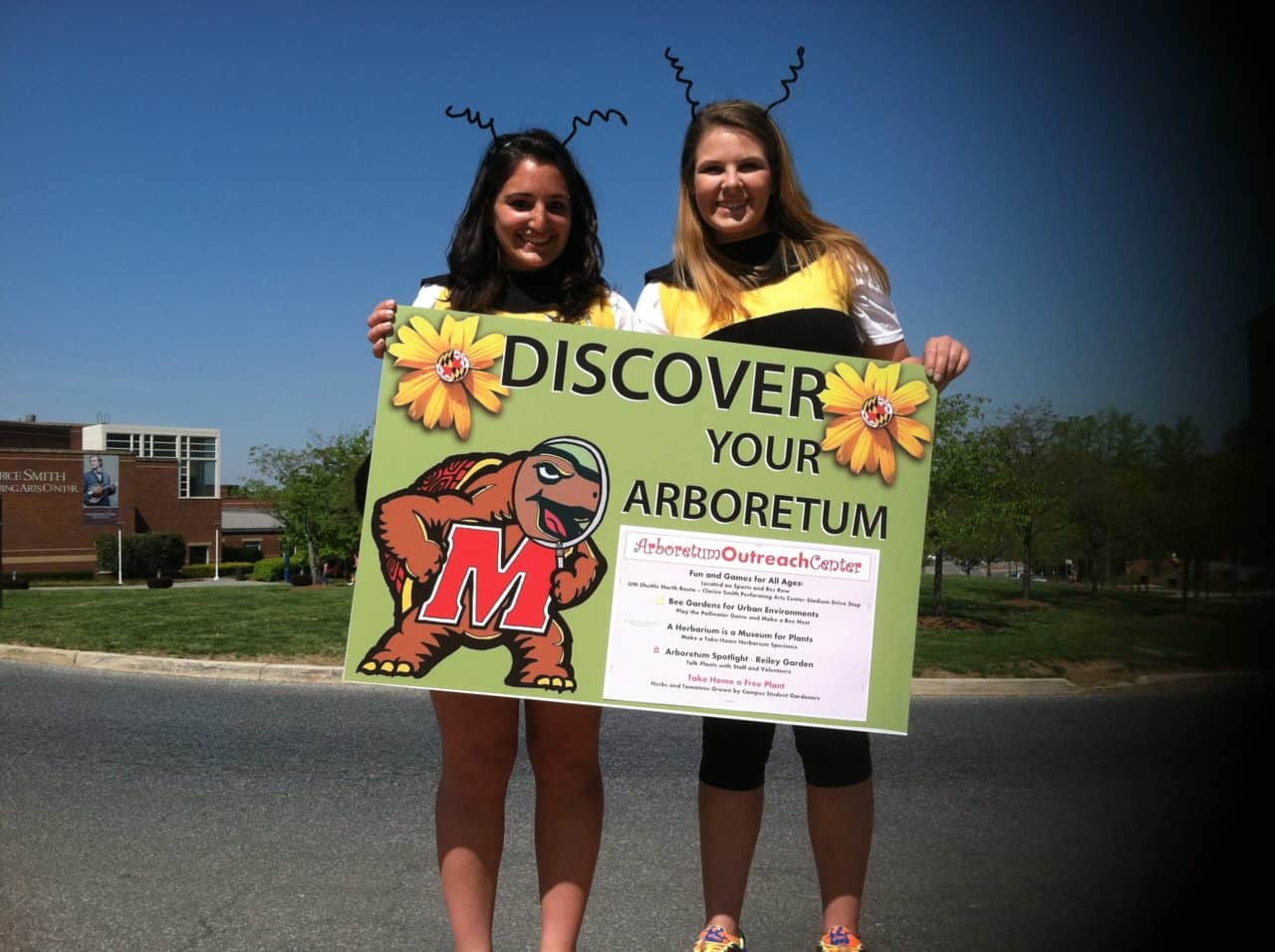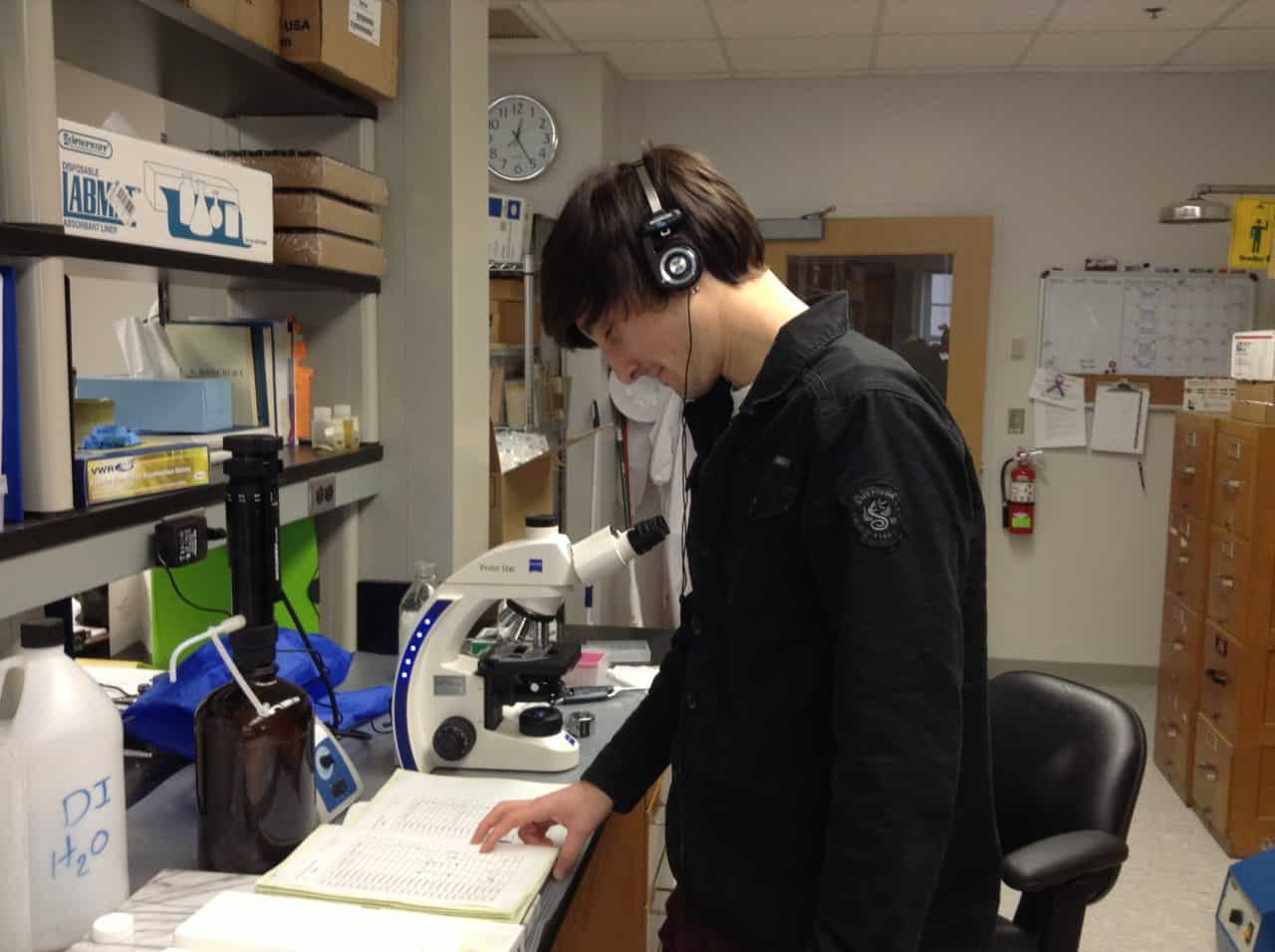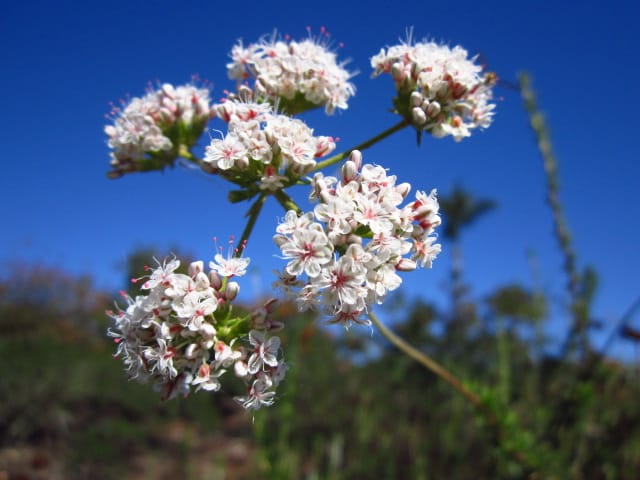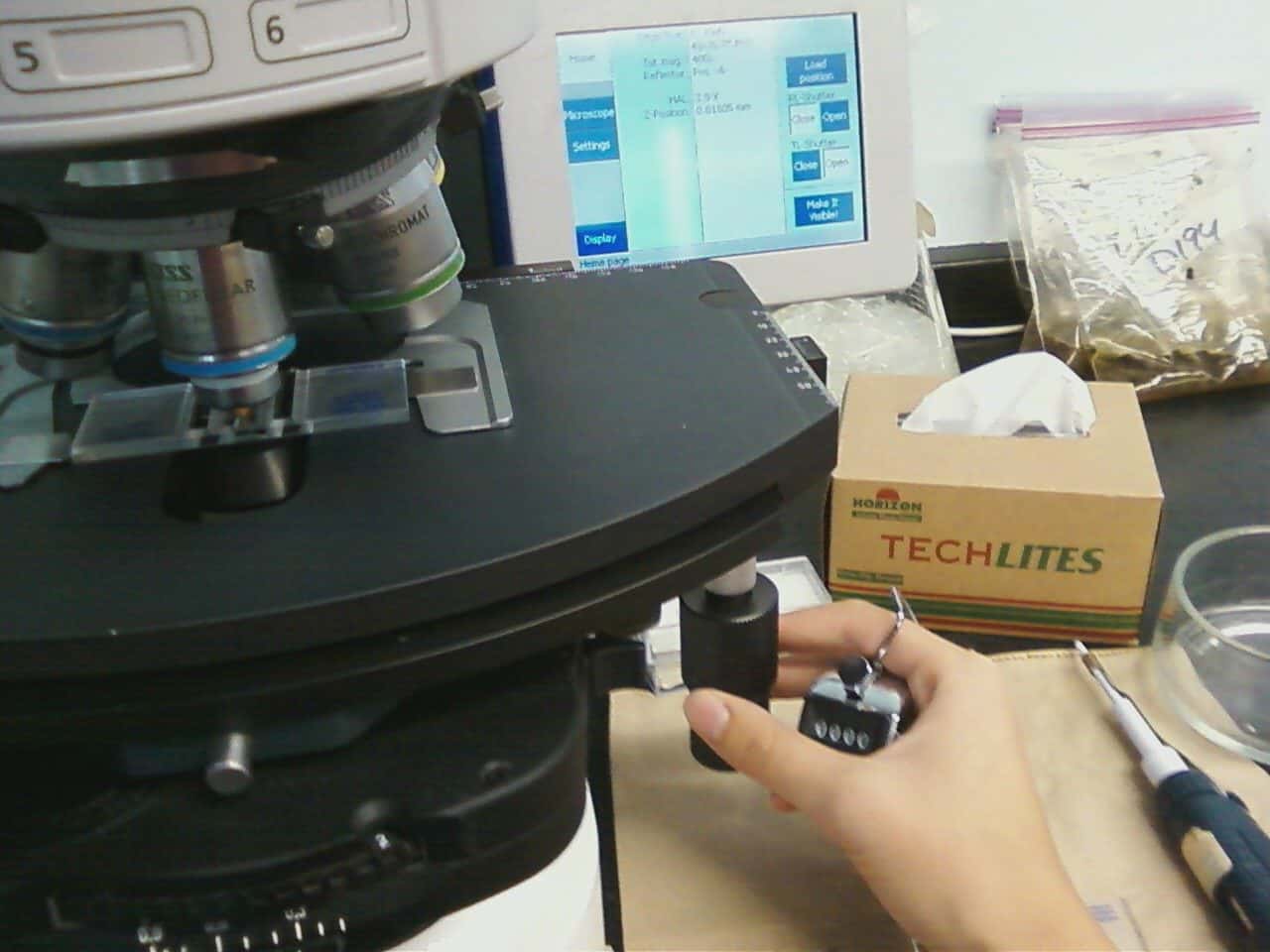Dana Rushovich is an environmental science & policy major at University of Maryland. Her interest in honey bees led her to our lab this semester. This is her blog. Stepping on a bees nest and getting stung 8 times would likely turn any 6 year old off of bees. I was no exception. I was always a kid that enjoyed digging in the dirt looking for worms and salamanders and was fascinated when we got to watch slugs make their slime trails for an experiment in science class. But when a bee would fly by I would freeze up waiting for it to leave me…
Category: In The Lab
Communications major works on improving survey and reports
Karen Baik is a communications major studying at the University of Maryland. In the fall she took the course Pollinators in Crisis by Dr. Hawthorne. Coincidentally, her TA was Nathalie Steinhauer, who is a member of the Beeinformed team. Once she had a taste of pollinators she became hooked on honey bees and will be continuing to aid Beeimformed this summer. This is her blog! My name is Karen Baik and I am currently a junior and a communications major. I completed my communications internship with 2 credits in BSCI389. As a communications intern, I spent many hours completing and satisfying a few important objectives.…
Update from the UMD Lab
Beekeeping this time of year in the Northeastern US is practically nonexistent. Honey bees cluster around their queen in their hives as below freezing temperatures, wind, and snow challenge their survival. Opening the hive in these kinds of conditions would be setting yourself up for failure. Winter this year in Maryland has been very unpredictable. For instance, just last week we experienced a 65 degree day and the next day the temperature dropped and we had snow on the ground. I originally thought that our diagnostic lab would experience a lag in receiving samples, but man was I wrong! In other parts of the country…
Dissection Experiment
In December I was asked to visit our diagnostic lab at the University of Maryland to check on the status of a stereo-scope that will be utilized at the vanEngelsdorp Lab for a variety of applications related to honey bee research. The microscope was previously housed at our office in Oroville, CA (Butte County Cooperative Extension 2279B Del Oro Ave.) Because the scope was being under-utilized by members of our team the decision was made to ship it to the University of Maryland where it would be used for things like honey bee necropsies and tracheal mite testing by students and our diagnostic team. One…
Undergraduate Research in the vanEngelsdorp Lab
On December 7th, the undergraduates conducting research in the vanEngelsdorp lab at the University of Maryland gave their final project presentations. The samples our undergrad team analyzed came from a study performed by Jeff Pettis of the USDA Bee Research Lab. The study was based on 6 different apiaries in North Dakota looking to see how differences in surrounding land types would affect the overall health of colonies. Three yards were in heavily agricultural areas, while the other three were surrounded by diverse plant species. One interesting outcome of this study documented that the amount of pollen collected from the more diverse apiary environments was…
A Protocol for Processing North Dakota Pollen Samples by Andrew Garavito
One of our undergraduate students, Andrew Garavito, spent some time up close and personel with pollen. I invite you to read his blog about his experience... The first time I opened a beehive was during the summer of 2011. Since that day, I took any opportunity I could to help with the honey bees at the Central Maryland Research and Education Center (CMREC) Beltsville facility. I conducted hive maintenance and assisted with a few in-hive studies. After two summers of field work with the hives at the University of Maryland’s CMREC, I moved towards the lab side of things when I started working in the…
National Survey for Honey Bee Pests and Diseases in California
This Fall I had the opportunity to conduct the National Survey for Honey Bee Pests and Diseases with Katie Lee in Southern California. The main goal of this survey is to confirm the absence, or presence, of pests and diseases that are exotic, or not introduced at present, to honey bees in the United States. Exotic threats that are of the greatest concern to beekeeping in the U.S. are Apis cerana, Slow Paralysis Virus and the parasitic mites of the Genus Tropilaelaps which includes four known species, Tropilaelaps clareae, T. koenigerum, T. thaii and T. mercedesae. For more information on Tropilaelaps spp. and their life-cycle refer to Jennie Stitzinger's…
Sorting Insect Specimens
In previous blogs I have talked about catching, pinning, labeling and storing insects. I am going to talk about how I process the samples to conserve space. This process is simple but takes time. I started out with a bug case with a few different series of bees and other insects. There is an image of the case I started with above. I go through the case and write down all the location labels and how many insects are in each series. If there are specimens in the series that have plant information I will write that down as well. One such example would be…
Observing retinue behavior.
On Thursday, Mike and I attempted to observe retinue behavior. So what is retinue behavior? Retinue behavior is the action of worker bees towards the queen including antennating, grooming and trophallaxis. A substance produced by the mandibular glands of the queen is thought to be the trigger for this retinue behavior. Antennating is the tapping movement of the antennae displayed by the bees in the presence of a queen. Grooming consists of worker bees cleaning and managing the appearance of the queen. Trophallaxis is the transfer of food or communication with the queen. To observe retinue behavior we followed the protocol complied by Dr. Yusuf…
Busy Bees at BRL
The past month has been very busy for us at the Bee Research Lab in Maryland. There was one week we received shipments of alcohol samples from all 3 BIP teams: California, Minnesota and Hawaii. It was only a few weeks ago when we had boxes stacked high waiting to be processed. I am proud to say that Heather Eversole and I broke our own personal records for how many samples we could process in a day. It feels good knowing that the beekeepers received their reports as fast as possible! As most of you know, my primary task at BRL is counting Nosema spores.…





